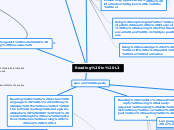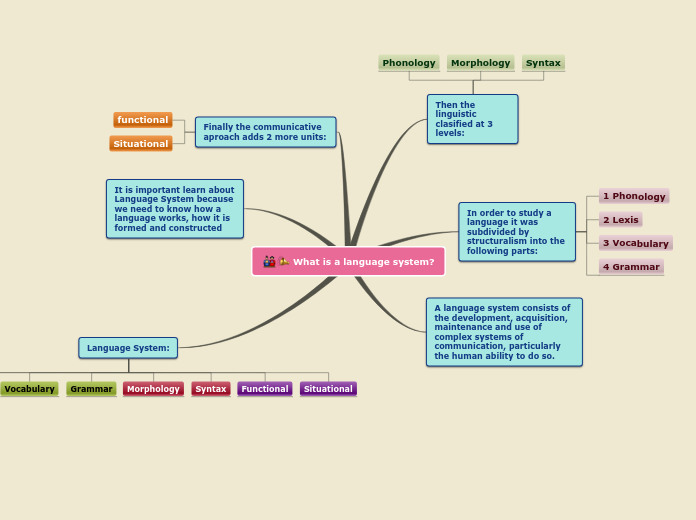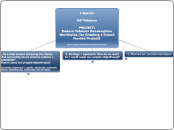New literacy approach (Street, 1993)
Consider how social context may influence
Comprehension of written texts
Reading processes
Consider how, why, and where reading is done
Emphasize the relationship between readers and writers
Reading socially through technology
Reading as a shared activity
Grabe (2009) indicates certain (collaborative) factors which favor motivation to read
Evaluation and feedback that support learning
Extensive reading
Interesting texts
Support and scaffolding for reading strategies
Social collaboration for reading tasks
Success in learning through reading
Choice
Student-directed fashion
Collaborative manner
Example: students taking online courses and commenting on texts they have read
Using knowledge of language use which is typical of particular kinds of text
Using knowledge of the world
Top-down Reading
Using knowledge about how particular kinds of texts are structured
Using expectations about the likely content, organization, and language of the text in order to
Build up an understanding of the text
Confirm individual words
Infer
Predict
Psycholonguistic models (Reading Processes)
These psycholinguistic models are referred to the reader-text relationship, i.e. the way readers extract information from texts.
Bottom-up
Using syntactic information to construct meaning
Identifying words
Match written symbols (letters or logographs) with sounds
Skills and Strategies
Using knowledge of the world to predict or infer information
Using norphological or syntactic clues to interpret the meaning of sentences and form propositions
'ing' signal present continuous, present participle or gerund
's', 'es', and 'ies' signal regular plural endings
'a' and 'the' precede nouns
Evaluating/appreciating the information given in the text
Deciding which texts are more appropriate for a certain purpose
Enjoying a story
Setting appropriate goals for comprehension
Scanning
Skimming
Dealing with unknown words
Developing sight recognition of frequently ocurring words
Using information about
Topic itself
Morphology
Syntax
Using knowledge about the typical structure and language of particular genres
Academic articles follow an SPSE (Situation-Problem-Solution-Evaluation) organization
Job ads may contain the word "needed"
Realizing that fairy stories being with "Once upon a time..."
Matching sounds to ortography
Identifying letters
L2 Reading Challenges
Attitudes
Towards printed word
In certain cultures, printed word may be unquestionable
Genre
Preferences of genres (Wallace, 1988; McKay, 1993)
L2: work, study, etc. (more public roles in society)
L1: poetry, novels, etc. (more personal or private reading)
Unfamiliar cultural references
Familiar genres which organize information in different way, though
Unfamiliar genres
Lexis
Developing lexis is key, otherwise
Perfetti (1991) says that low proficiency in L2 implies building up meaning from words up to small scale units or popositions, which hinders larger scale understanding and critical interpretation
Constant monitoring of text understanding, which adds cognitive load, impeding text understanding
Cunningham (2005). Proficient L1 reader knows at least 5000 words orally
General Aspects
Reading in L1 could imply having already-acquired reading skills which may have an impact on reading in L2
Familiarity with reading genres
Higher-order reading abilities to deal with information
Evaluating information
Getting main ideas
Language processing skills for dealing with L1
Reading in a certain language (L1) may imply the use of different reading strategies Grabe (2009), which might have implications when learning to read in L2
L2 with non-alphabetical ortographies
Characters contain a great deal of information to be interpreted by readers
L2 with alphabetical ortographies
Letter to sound correspondences (extent)
More: Italian, Spanish
Less: English, French
Implications for learners
Spanish learners studying English, for instance, need to adjust their word-processing strategies when reading in English.
Recognize by sight
Parts of words
Frequently ocurring words
Readers need to develop sight recognition of very frequently ocurring words and parts of words
Reading in L2









